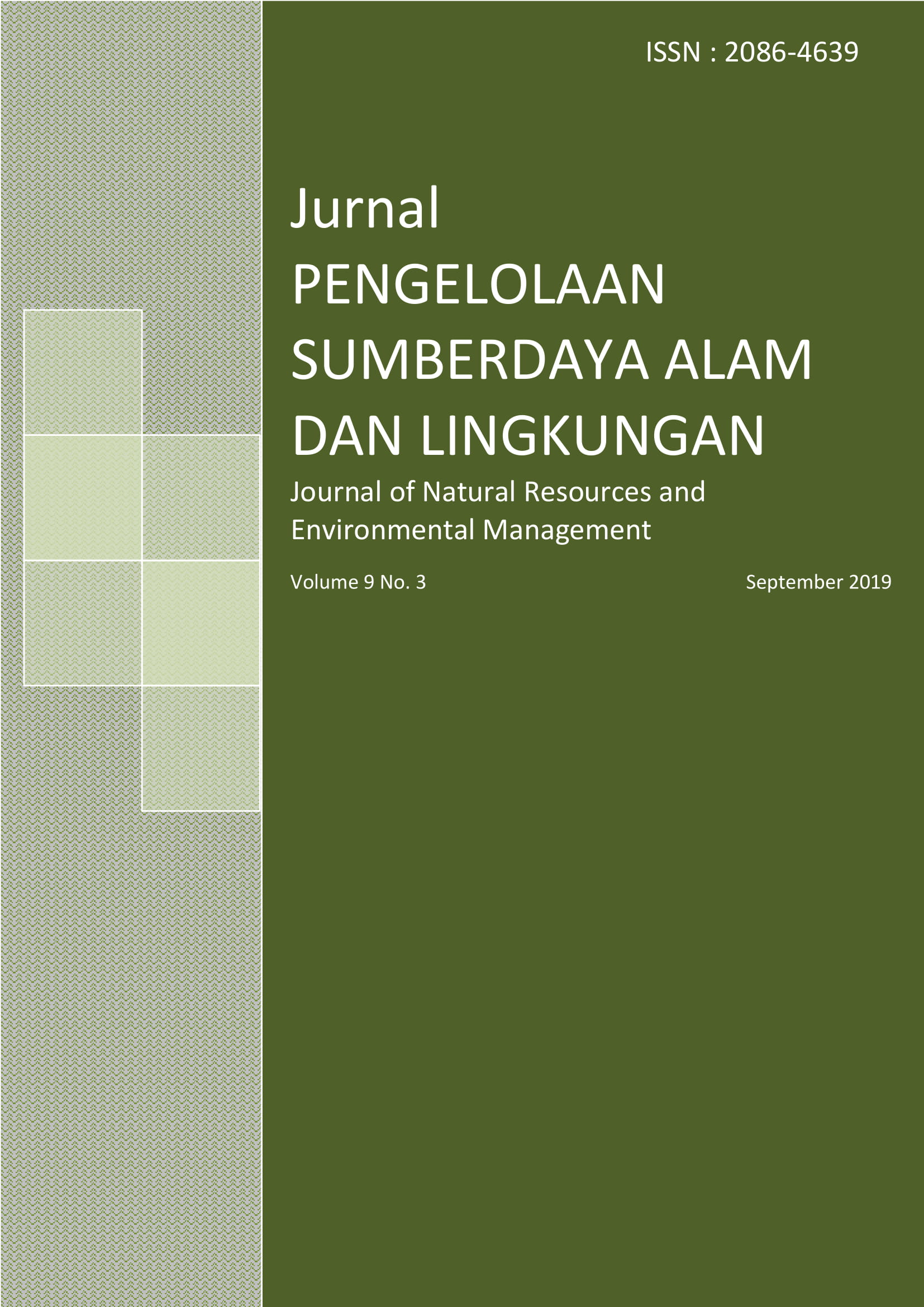Abstract
References
[BPS] Badan Pusat Statistik. 2014. Data Impor Indonesia. Jakarta: Badan Pusat Statistik Jakarta.
[BRI] Perseroan Terbatas Bank BRI. 2015. Suku Bunga Dasar Kredit (Prime lending Rate) PT. Bank Rakyat Indonesia Tbk. http://bri.co.id [1 Maret 2015].
Affandi S, Steyyawan H, Winardi S, Purwanto A, Balgis R. 2009. A Facile Method for Production of High-Purity Silica Xerogels from Bagasse Ash. Journal Advance Powder Technology. 20: 468-472.
Alibaba. 2015. Product Silicon Supply Metal Powder Price. http://www.alibaba.com [25 Maret 2015].
Colin D. 2004. Management and Cost Accounting Sixth Edition. British: British Library.
Djajadiningrat ST, Hendriani Y, Famiola M. 2011. Ekonomi Hijau. Bandung: Rekayasa Sains.
Fardiaz S.1992. Polusi Air dan Udara. Yogyakarta: Kanisius.
Husin A. 2007. Pemanfaatan Limbah untuk Bahan Bangunan. http://www. kimpraswil. go.id [25 Februari 25].
Kalapathy U, Proctor A, Shultz J. 2002. An Improved Method for Production of Silica From Rice Hull Ash. Journal Bio resources Technology. 85: 285-289.
Rohaeti E, Hikmawati, Irzaman. 2010. Production of Semiconductor Materials Silicon from Silica Rice Husk Waste as Alternative Silicon Sources. Journal Material Science and Technology.
Setiawan WK, Indrasti NS, Suprihatin. 2015. Synthesis and Characterization of Nanosilica from Boiler Ash wit Co-Precipitation Method. ICALA. 160-164.
Suparman. 2010. Sintesis Silikon Karbida (SiC) dari Silika Sekam Padi dan Karbon Kayu Dengan Pendekatan Metode Reaksi Fasa Padat. Tesis. Sekolah Pasca Sarjana. Bogor: Institut Pertanian Bogor.
Teixeira RS, Romero M, Rincon MJ. 2010. Crystallization of SiO2-CaO-Na2O Glass Using Sugarcane Bagasse Ash as Silica Source. Journal American Ceramic Society. 93: 450-455.
Timmerhaus KD. Peters MS. 2004. Plant Design and Economics for Chemical Engineer. New York: John Wiley and Sons Inc.
Worathanakul P, Payubnop W, Muangpet A. 2009. Characterization for Post-Treatment Effect of Bagasse Ash for Silica Extraction. Journal World Accad of Science, Energy and Technology. 32: 360-362.
Authors
Authors who publish with this journal agree to the following terms:
- Authors retain copyright and grant the journal right of first publication with the work simultaneously licensed under a Creative Commons Attribution License that allows others to share the work with an acknowledgement of the work's authorship and initial publication in this journal.
- Authors are able to enter into separate, additional contractual arrangements for the non-exclusive distribution of the journal's published version of the work (e.g., post it to an institutional repository or publish it in a book), with an acknowledgement of its initial publication in this journal.
- Authors are permitted and encouraged to post their work online (e.g., in institutional repositories or on their website) prior to and during the submission process, as it can lead to productive exchanges, as well as earlier and greater citation of published work (See The Effect of Open Access).






